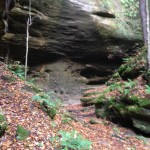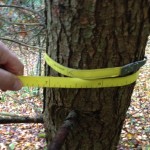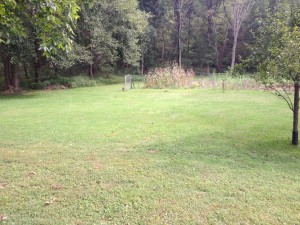Ash Cave is one of the trails inside of Hocking Hills State Park, one of the crown jewels of the State of Ohio. Recently I partnered with Ohio Department of Natural Resources naturalists, Hocking College foresters, Hocking Soil and Water Conservation District foresters and Federal Natural Resources conservationists, under the direction of Extension Forestry Specialist, Dave Apsley, to start to chart the Hocking Hills region’s hemlocks by diameter class.
The research will be used to combat the Hemlock Woolly Adelgid invasive pest to hopefully stop it before it devastates these beautiful trees and leaves large bare spots in our beautiful county.
Extension will continue to partner with these smart and dedicated individuals, but it will take a massive amount of work and resources with everyone at the county, state and federal level to prevent the spread of this pest.
We were able to chart 1309 Hemlock trees in only a 17 acre small plot that is the hollow of Ash Cave where the trail winds to the falls. There is still much work to be done. The total area of Hocking Hills State Park is much larger and is still only a small part of the county.




















